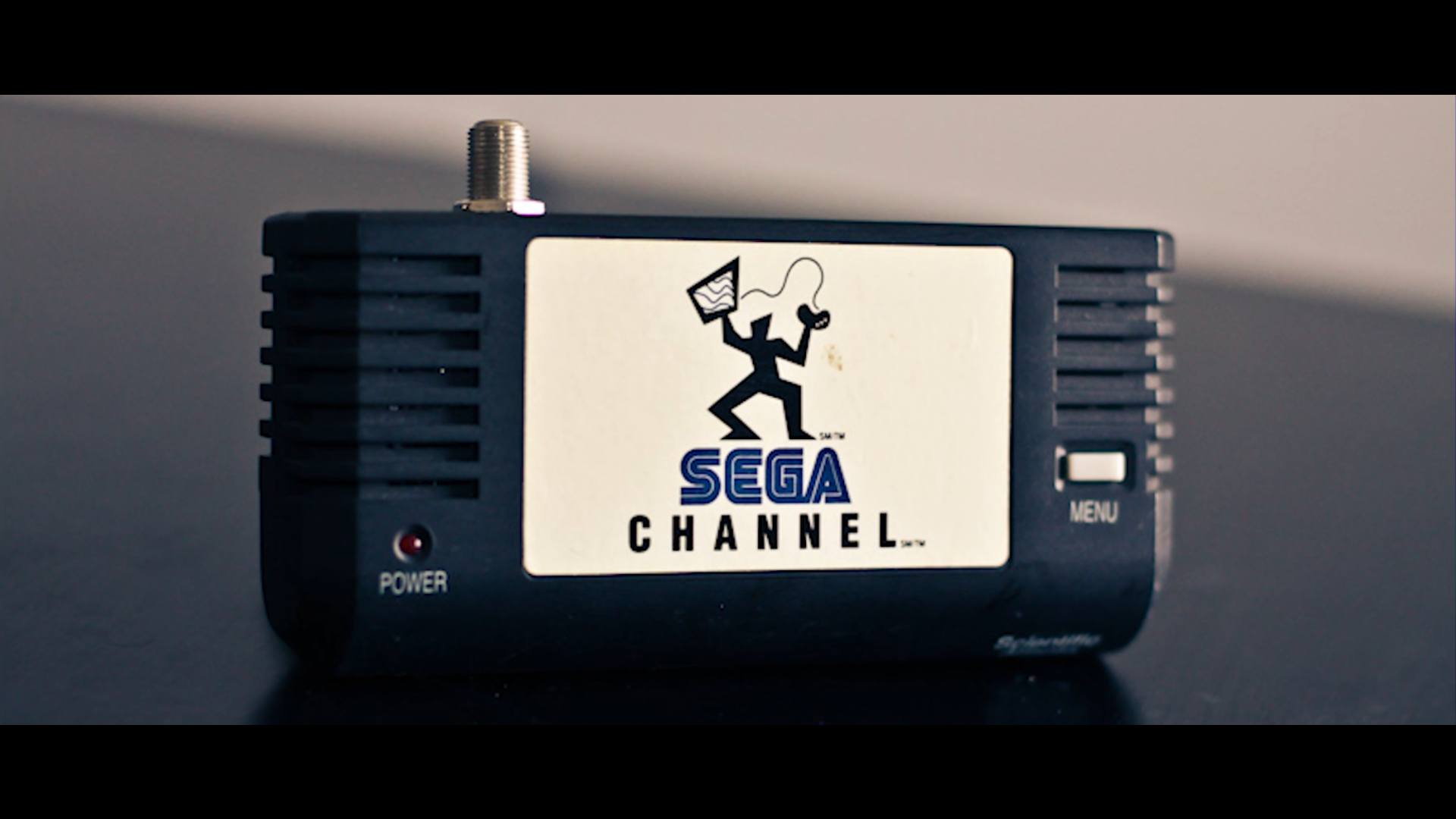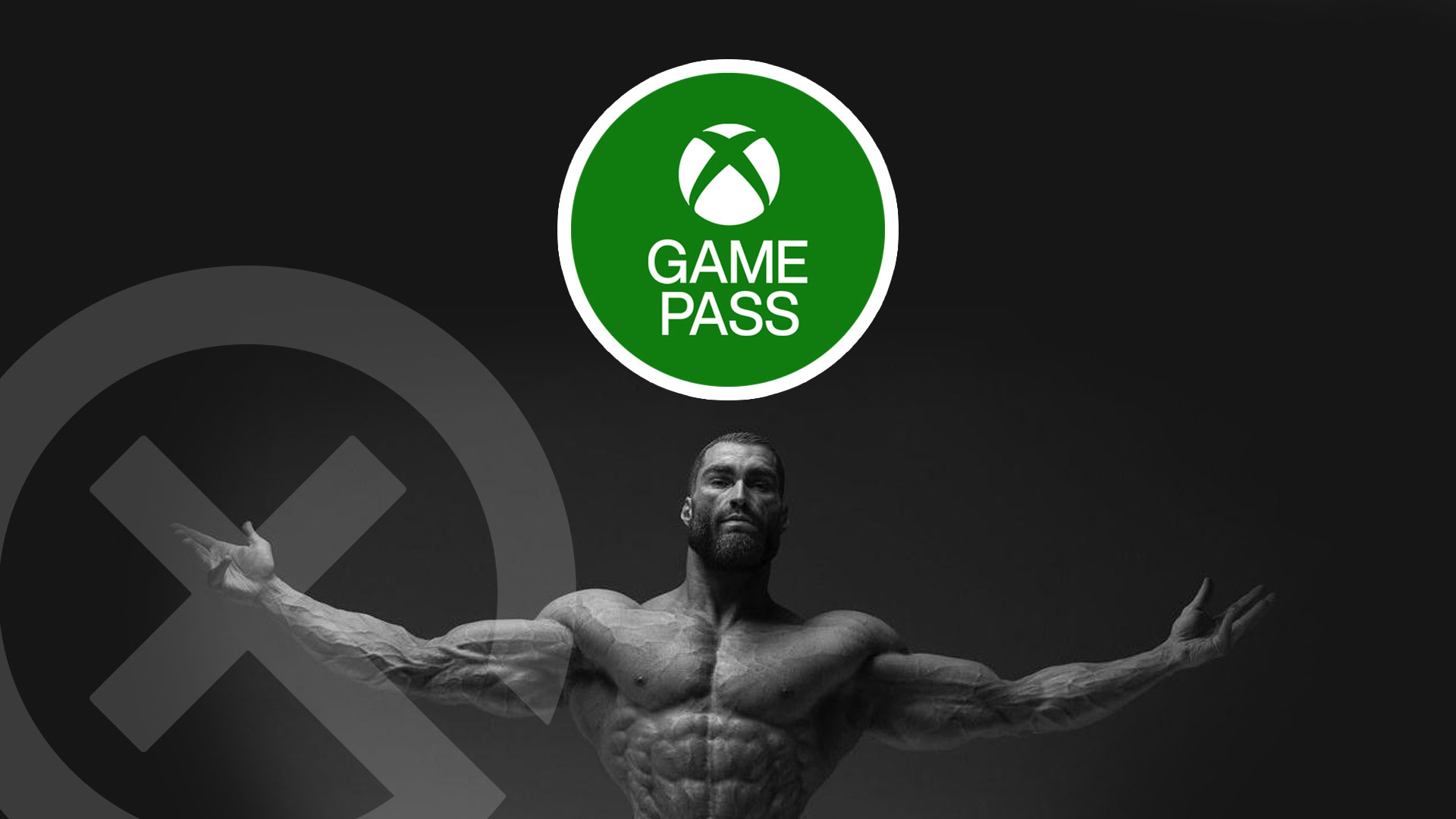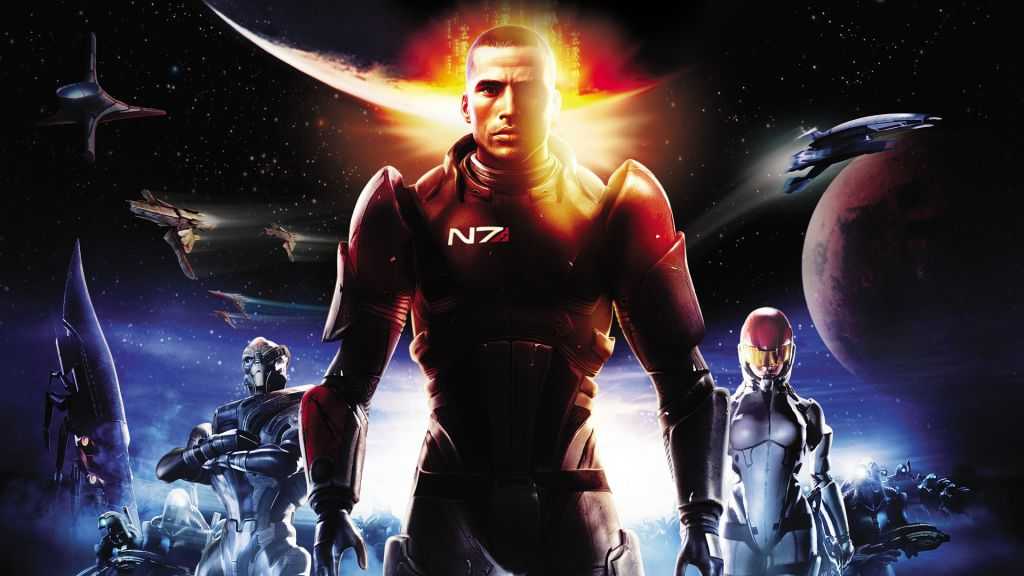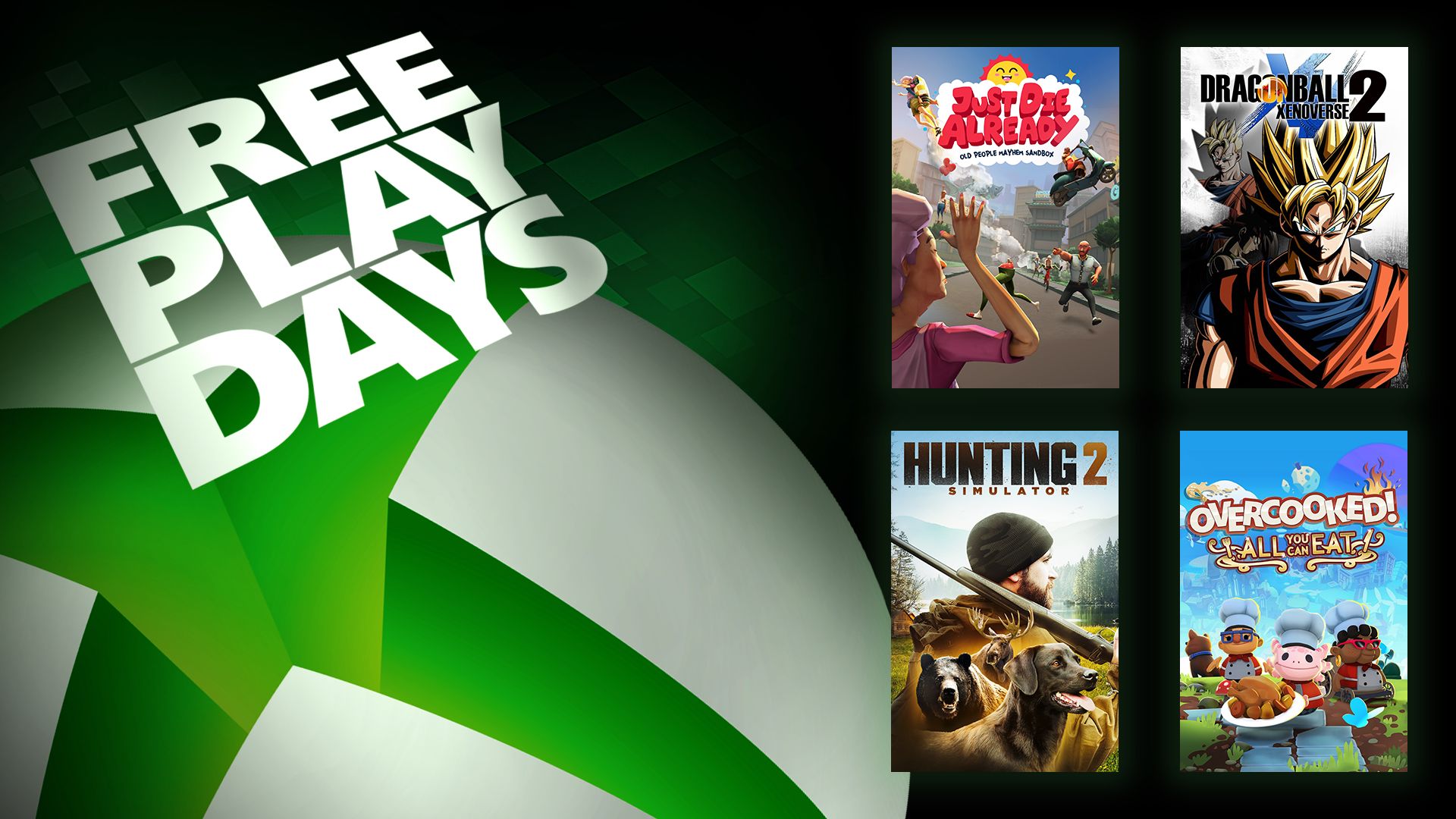For many, Microsoft transformed the industry with its Game Pass, a service that generated everything: happiness, controversy, fans and detractors. The truth is that the service is here to stay and year after year it adds subscribers in a beastly way which did not happen with the first service of this style. Designed by the ever-innovative Segawho undoubtedly implemented a service similar to Game Pass on a large scale at a time when the word “Internet” was still unknown to a large part of the population of our planet.
I will take you to one of the best years of Sega of America1993, the year the company that watched Nintendo from below in its early days finally managed to get the 40% of the video game market in North American territory. Back then, the main problem facing Sega and Nintendo was the so-called video stores, those stores where surely many of you rented hundreds of titles throughout your childhood or youth.
A weapon for an impossible war
The problem with these establishments that we liked so much was that for the video game companies, the profits they got were only for the initial purchase of the title, whereas chains like Blockbuster, now defunct, reaped fortunes in renting the same cartridge several times. For example, in 1992, a report presented by Blockbuster showed a 40% growth in video game rentals compared to 1991, something truly beastly by any measure. After several legal attempts to ban rental shops from selling their games, Sega decided to do something very true to their creative style: a service that allowed its subscribers to play a large number of titles paying a monthly subscription and without having to leave their homes. Game Pass, but in the mid-90s.
Even if, digitally, the logistics were much simpler, Sega needed allies to carry out its plans, for this they joined the crusade with TCI and Time Warner Cable, which although they did not exist more as such, at the time they were the main companies in the cable television sector. Thus, the service first started operating in the United States, but it was quickly exported to Japan, the first country to use the service outside the borders of the American continent.
hardware and software
The service itself did not require a very complex technical structureAll you had to do was connect a special cartridge to the Genesis/Mega Drive that cost $125 and acted as a modem, connecting to the cable from one of the companies that provided the service. In addition to this, users they had to pay $12.95 per month and make a one-time upfront payment of $25 to activate the subscription, a somewhat expensive combo that may have slowed down the mass acceptance of the service a bit.
The system worked as follows: the user connected to the service and via a screen selected the game he wanted to play, downloaded the ROM to the cartridge-modem and played directly from the hardware, that is, not from some kind of clouds. , unlike what can be done today with Game Pass in some titles. The download took a maximum of 3 minutes and when playing from the hardware there were no problems with gap
The menu was divided by genre, and navigation was accompanied by a tune by the same composer as Toe Jam & Earl. At its peak it made nearly 100 games available for the enjoyment of its audience, imagine if that number is beastly to us now which it was in 1995. Unlike what happens with Game Pass where games come the same day, on the Sega Channeler some titles were exclusive to the platform and they couldn’t be obtained in stores, so Sega had to compensate the developers instead of getting along with them like Microsoft does today.
You will be reborn and you will be Game Pass
The (never well calculated) number of subscribers Sega had in mind never materialized, but by 1995 in the United States and Canada, 250,000 users were actively enjoying the service. The high maintenance costs and failures of Sega at the hardware level sign the disappearance of the service which ceased to exist in 1998. Before its closure, the service had managed to conquer very safe countries such as Argentina, Chile, Taiwan, South Korea, the Netherlands, Germany and the United Kingdom.

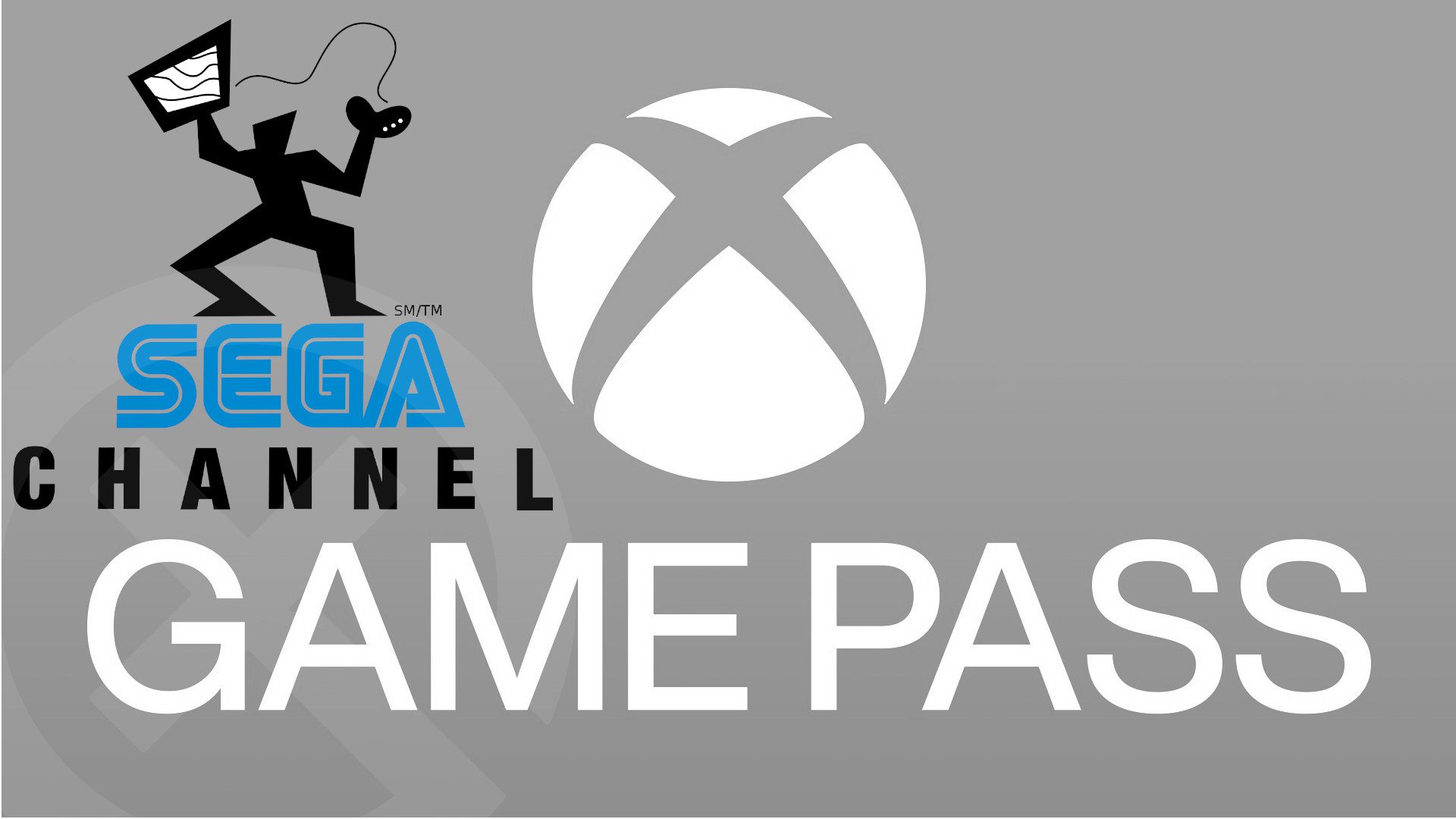
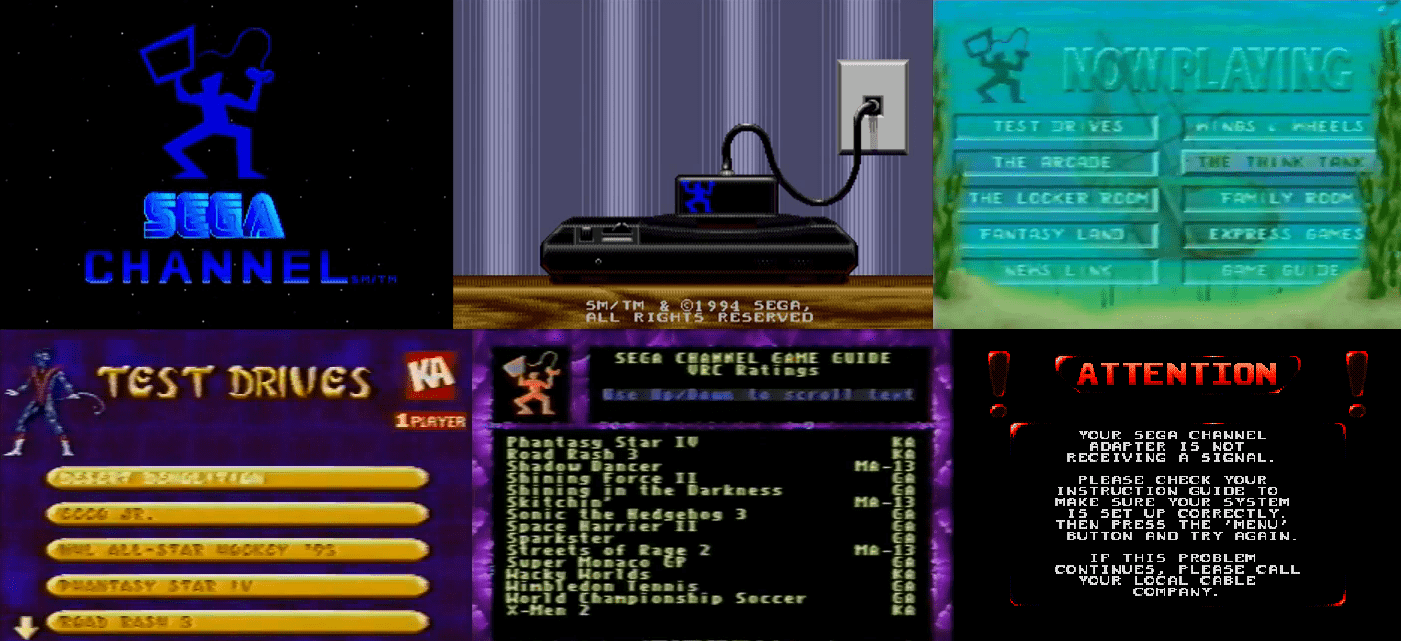
![Streets of Rage 2 OST – BGM 1 (Round 1 Alt) [Real Hardware]](https://wallpaper-mania.com/wp-content/uploads/2018/09/High_resolution_wallpaper_background_ID_77700877331.jpg)
